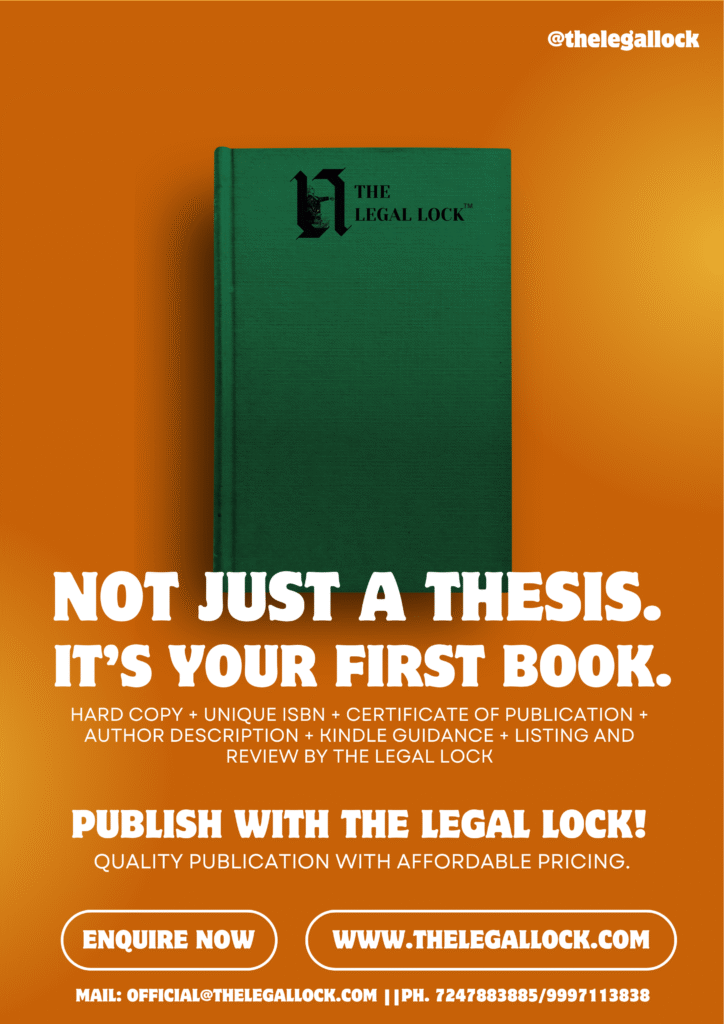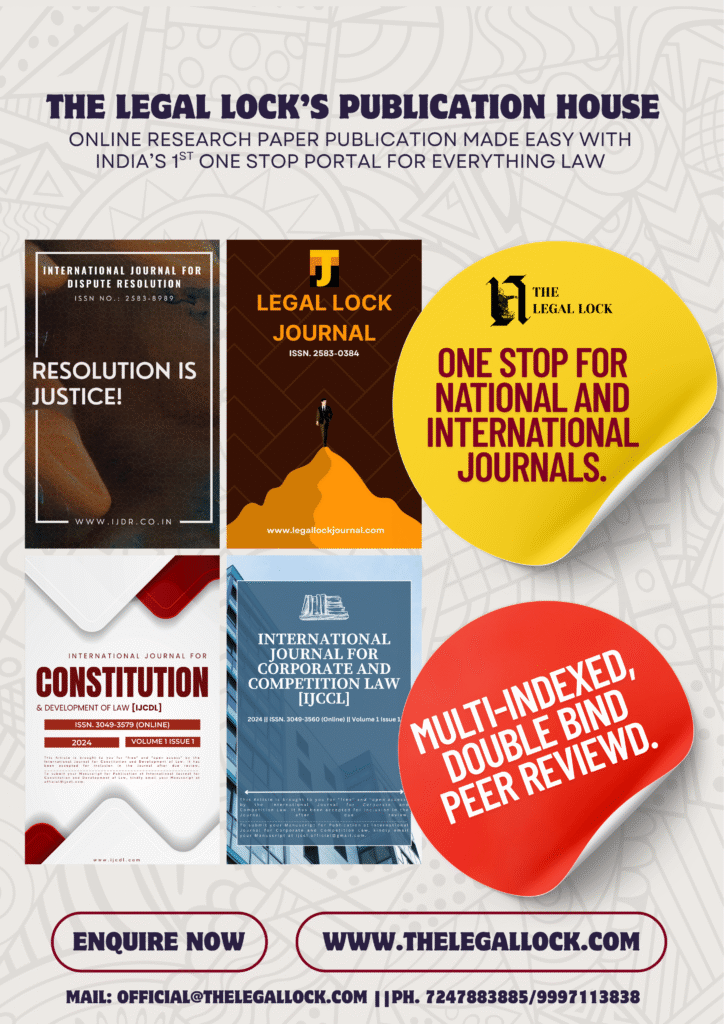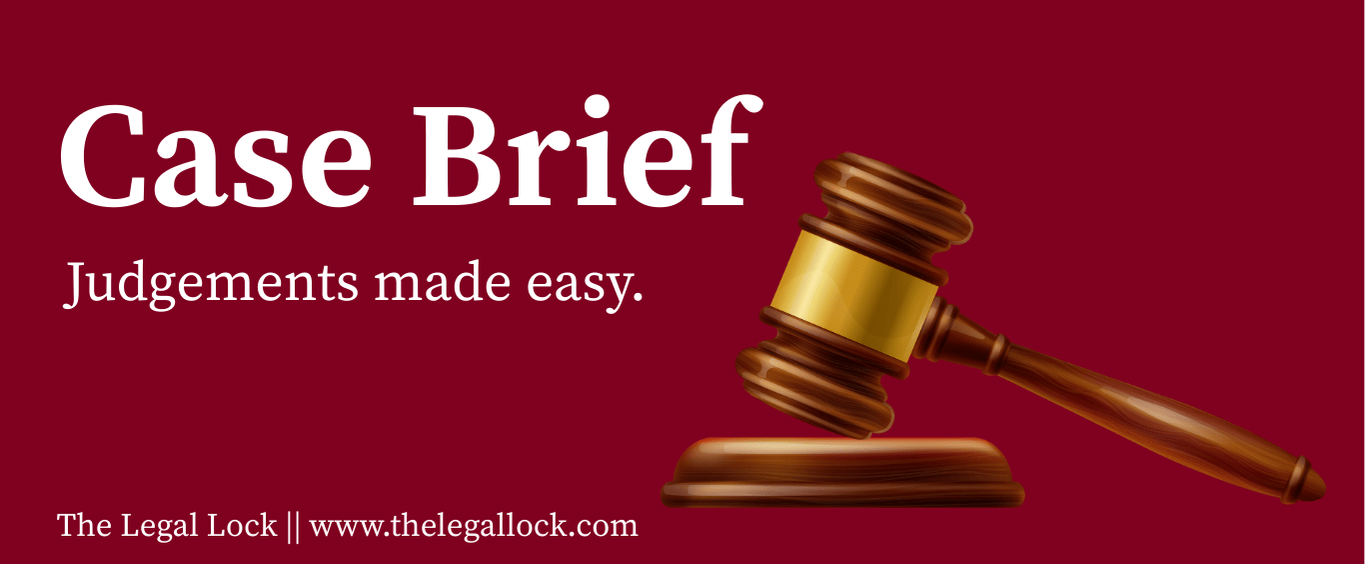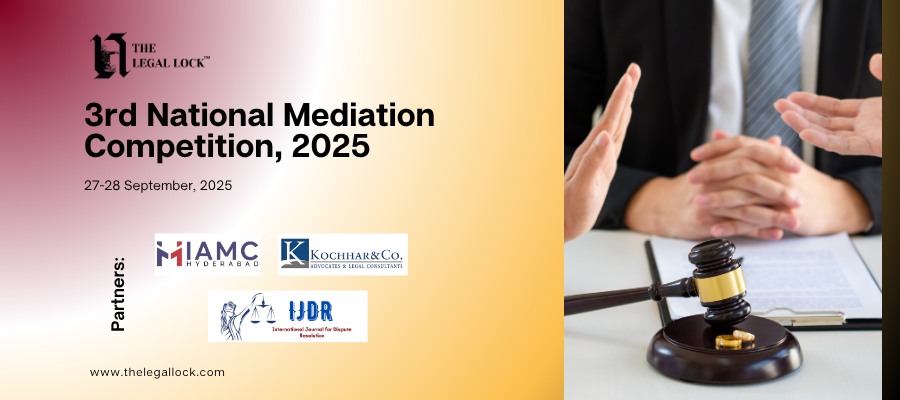| CASE NAME | Jarnail Singh vs Lachhmi Narain Gupta. |
| CITATION | Civil Appeal No. 629 of 2022 (Arising out of SLP (C) No. 30621 of 2011) |
| COURT | Supreme Court of India |
| BENCH | Dipak Misra, Justice SK Kaul, Justice Kurian Joseph, Justice RF Nariman and Justice Indu Malhotra. |
| DATE OF DECISION | 26 September 2018 |
FACTS
A ruling in the 2006 case of M. Nagraj and Others v. Union of India and Others was contested by the Center as well as several state governments. According to the petitioner, reservations in promotion for public service and government jobs have become unfairly difficult to grant due to the Nagraj Judgement. Considering this, it was deemed necessary to examine the parameters set forth in the Nagraj case and send it before a seven-judge panel. In India, reservations are taken seriously. Article 16, which deals with equality of opportunity in matters of public employment, was established by the constitution. Prior to the 1992 Indra Sawhney case, this provision did not address reservations. Article 16(4), which permits the state to provide for the reservation of any backward class of citizens in appointments or posts, was the first of few observations made in this case. However, this provision did not apply to the promotions. Due to the obvious impact on the Scheduled Tribes and Scheduled Castes, Clause 4A was introduced, which states that nothing in the article prohibits the State from making any reservations in matters pertaining to the promotion. Article 16(4A) and Article 16(4B) were added by the 81st Amendment.
In the Nagraj Case, the constitutional validity of these provisions was contested. A five-judge bench rendered a decision that stated that the State would need to gather “quantifiable data” sufficient to demonstrate the backwardness of the class and the inadequate representation of that class in public employment if it wished to provide for reservation in promotions for Scheduled Castes and Scheduled Tribes. The state must also ensure that its reservation policy does not, in any event, exceed the 50% ceiling or eliminate the creamy layer.
It was deemed unconstitutional because of the requirement to gather quantitative data to demonstrate backwardness conflicts with the Indira Sawhney case. Since it was limited to the other lower classes, the application of the creamy layer to Scheduled castes and tribes also seemed strange. Equality concerns were also raised when the creamy layer concept was introduced to promotions. In the end, a petition to reconsider the Nagraj decision was submitted.
ISSUES
If a seven-judge bench should have revisited the Nagraj Judgement.
The second question concerned whether the States were required to gather measurable evidence to demonstrate the inadequate and backward state of the class while it was being advanced.
The third question concerned whether promotions through the reservation should be denied to the scheduled tribes and the creamy layer within the scheduled castes.
ARGUMENTS
In the current Jarnail Singh case, a five-judge bench of the Supreme Court reviewed the Nagraj judgment instead of a seven-judge panel considering it again. It did not think a larger bench was necessary to examine the Nagraj case’s provisions. According to the Nagraj Verdict, the States had to gather quantifiable evidence demonstrating their underrepresentation in the public sector before they could establish a provision regarding the advancement of scheduled castes and scheduled tribes in positions and jobs through reservation. Attorney General KK Venugopal contended that the Indian constitution already stated that the scheduled castes and tribes were socially and economically marginalized and considered “backward” in nature. To set the Scheduled castes and Scheduled tribes apart from the other classes, a precise definition is established. This indicates that no more exams can be given to confirm how inadequate and outdated their class is. Proponents of gathering quantitative data emphasized that individuals could exert major influence in obtaining a promotion; therefore, it was only appropriate to assess an individual’s degree of backwardness. Furthermore, it served as a double-check rather than compromising anyone’s integrity or resulting in any losses. Furthermore, they believed that the government was responsible for gathering the data, removing any evidence that the government’s intentions were limited to easing its own burdens.
Justice Nariman noted that the Nagraj ruling defies the ruling of a nine-judge bench and that the Indra Sawhney case prohibits the gathering of quantifiable data as a requirement for granting promotions through reservation.
In the Jarnail Singh case, the court interpreted the idea of the creamy layer in terms of Articles 14, 15, and 16 of the equality principle. In relation to this equality, some arguments were presented, the first of which stated that the true definition of a backward class was one that excluded those who were socially and economically advanced.
Second, it was determined that the creamy layer had to be excluded to ensure that those who are genuinely behind in the class could make reservations and that those in the creamy layer did not receive all the advantages associated with making reservations. Thirdly, it will violate the principles of equality if the creamy layer is not excluded. It will treat the unequals in the same way as the backward classes and the forward among the backward classes, and it will treat the equals differently like the general classes and those who are forward among the scheduled castes and scheduled tribes.
Another argument surfaced, predicated on the notion that the court is willing to take a significant risk in applying the principle of creamy layer to Scheduled castes and Scheduled tribes. The distinctions between the Scheduled Castes and Scheduled Tribes and the other backward classes must be understood. A constitutional court cannot overlook these factors and must remember that equality is a fundamental right that must be upheld at all costs.
Those who support the inclusion of the creamy layer contend that, in the event of a promotion, all Scheduled castes and Scheduled tribes will fall into the same economic bracket, so those who are truly disadvantaged will still be able to benefit from the reservation. Therefore, the claim of an equality violation is only valid at the entry level and not at the promotion level. Only the general classes would benefit from excluding the creamy layer.
Given the history of discrimination in the workplace in India, wherein all backward classes—including those from the creamy layer—are denied opportunities to prove their merit in front of the public, Scheduled castes and Scheduled tribes are not seen as meritorious.
JUDGEMENT
The court concluded that a seven-judge bench does not need to hear the Nagraj case ruling. In addition, the clause requiring the State to gather quantitative evidence of the Scheduled Tribes’ and Scheduled Castes’ backwardness conflicts with the ruling of the nine-judge bench in the Indra Sawhney case, rendering it unconstitutional. The Indra Sawhney Case demonstrated that the topic of the “creamy layer” is irrelevant when discussing Scheduled castes and Scheduled tribes. In addition, the Supreme Court upheld the Nagraj Judgement’s holding regarding the application of the creamy layer to promotions for Scheduled Tribes and Scheduled Castes. As a result, thousands of workers were not given the promotions they were due for. The creamy layer principle was seen by the court as an identification principle rather than an equality principle.
ANALYSIS
Caste and class discrimination have a troubling history in India. The untouchables, Scheduled castes, Scheduled tribes, and the backward classes were all mistreated and denied opportunities in all spheres of life, including employment and education. They demanded reservations to exercise their long-delayed right to representation, not as a welfare measure. Giving them reservations for government positions and jobs did not improve their situation because they are still subject to discrimination and are never able to rise to an elevated position regardless of their qualifications. Since not everyone supported the reservation, the judiciary took a significant step in making a reservation in promotion. It is admirable that our government defends the rights of the underprivileged and that, despite heavy criticism, our judiciary remains capable of rendering just verdicts. Even though the judiciary is far from perfect, as this case demonstrates, it continues to review cases and amend laws to ensure that every citizen of our nation receives the justice they are due.









